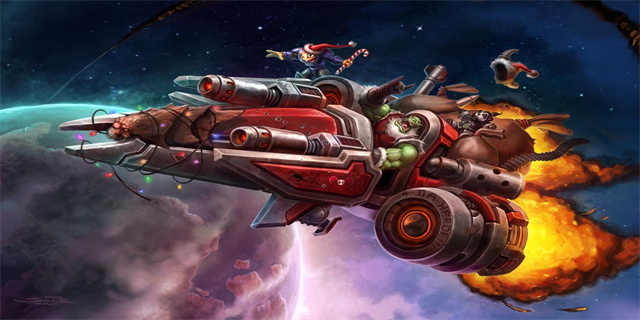megalodon(Megalodon The Giant Predator of the Ancient Seas)
Megalodon: The Giant Predator of the Ancient Seas
Introduction:
Megalodon, the mighty and fearsome giant shark, once reigned supreme in the ancient seas. With its massive size and powerful jaws, this prehistoric creature has captured the fascination of scientists and the imagination of the public. In this article, we will delve into the world of Megalodon, exploring its physical characteristics, hunting behaviors, and ultimately, its extinction.
The Physical Characteristics of Megalodon:

One cannot discuss Megalodon without first delving into its astounding physical characteristics. The average size of a fully-grown Megalodon is estimated to be around 50 to 60 feet long, making it one of the largest predators to have ever roamed the oceans. Its immense body was shaped like that of a modern great white shark, but with much greater proportions. The teeth of Megalodon were also markedly different from those of the great white shark, reaching lengths of up to 7 inches. These sharp and serrated teeth played a crucial role in the hunting and devouring of its prey.
The Hunting Behaviors of Megalodon:

With its massive size and impressive set of teeth, Megalodon was undoubtedly a formidable hunter. Its hunting behaviors were believed to be similar to that of modern-day orcas, as it is believed to have been an apex predator. However, unlike orcas that hunt in groups, Megalodon was a solitary hunter, stalking its prey in the depths of the ancient seas. Using its incredible speed and agility, it would surprise its unsuspecting victims from below, delivering a powerful bite that could instantly incapacitate even the largest marine creatures.

The Extinction of Megalodon:
While Megalodon ruled the seas for millions of years, its reign eventually came to an end. The exact cause of its extinction remains a topic of debate among scientists, with various theories proposed. One widely accepted theory suggests that the cooling of the Earth's temperature during the Pliocene period led to a decline in the Megalodon's food source. As the population of its prey diminished, so did the population of Megalodon, eventually resulting in its extinction. Another theory posits that increased competition from other large marine predators also contributed to its downfall.
In conclusion, Megalodon was an impressive and terrifying creature that dominated the ancient seas. Its enormous size, powerful jaws, and hunting prowess made it the top predator of its time. However, the changing environmental conditions and competition from other predators led to its ultimate demise. While the legend of Megalodon lives on, it is up to scientists to uncover more about this enigmatic creature and provide us with further insight into the mysteries of our planet's past.


暂无评论,423人围观